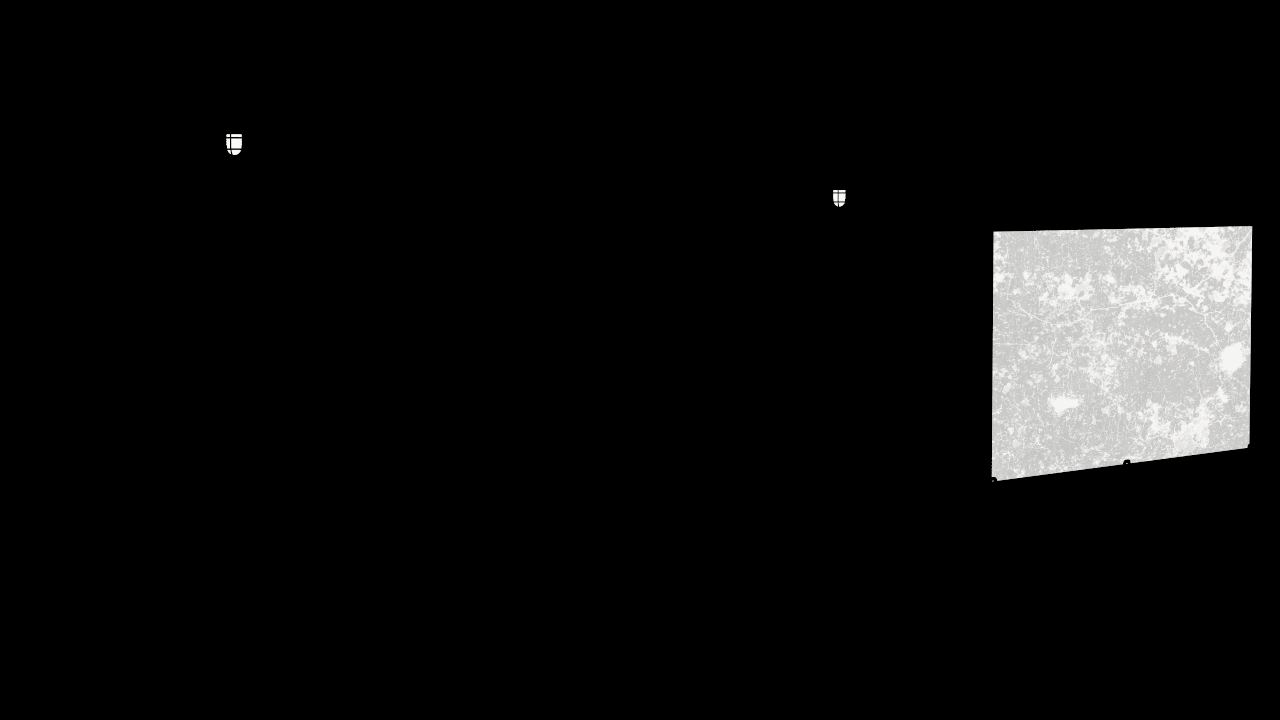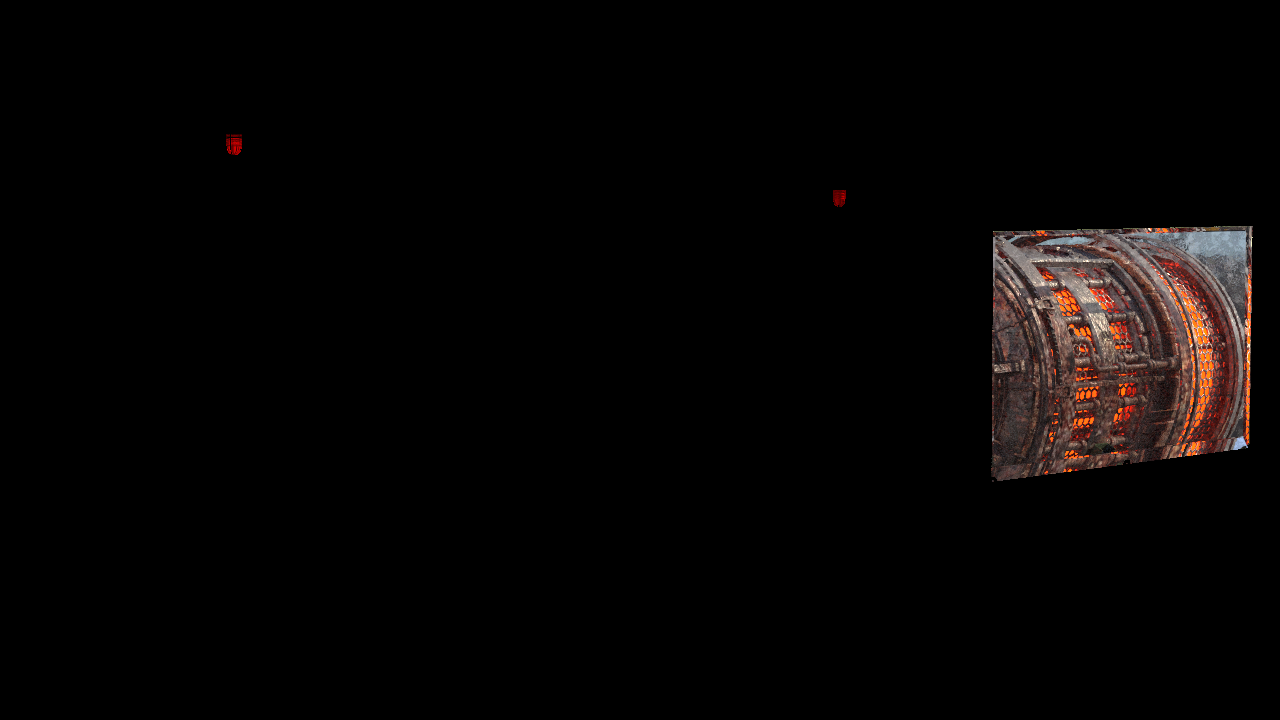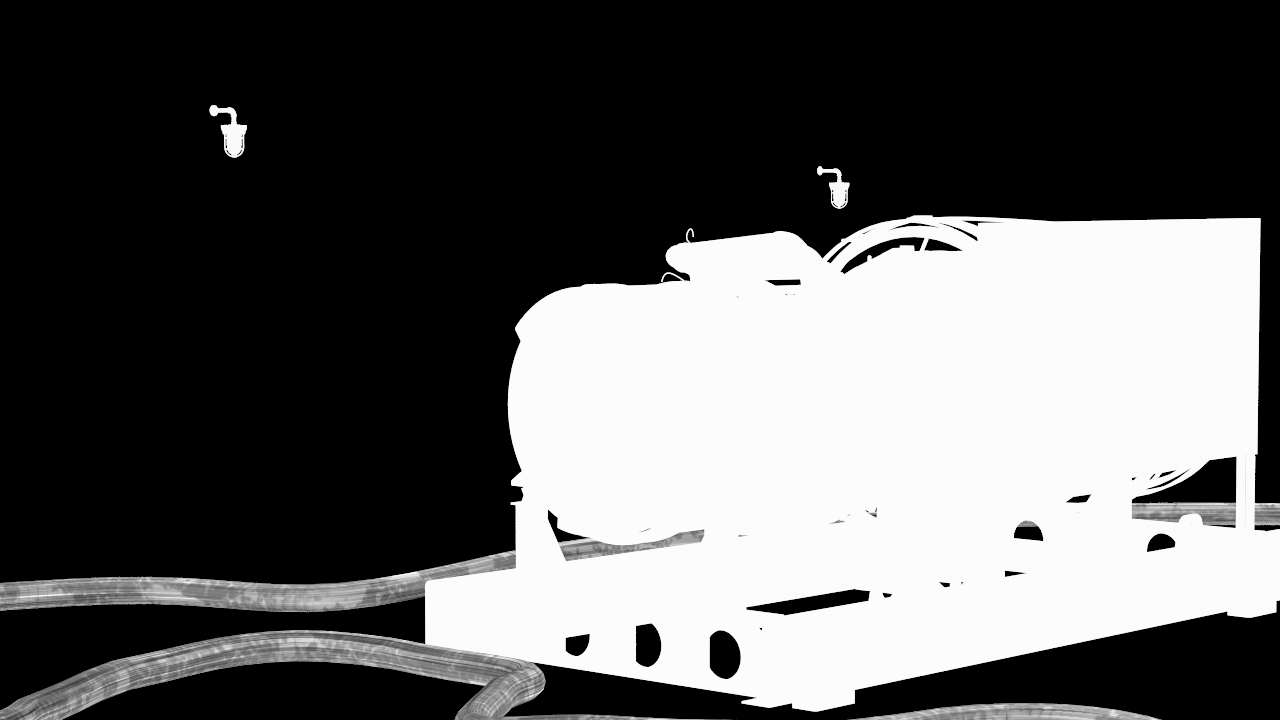This page gives an overview of the refraction render elements that may be output through V-Ray and how they are used in compositing.
Overview
Refractions are caused by the bending of light through different densities of materials that allow light to pass through them, such as glass, water, etc.
When a material has a refraction value (as set through the Refraction Color and Refraction Amount parameters of a V-RayMtl material), the resulting render will display the appropriate refraction information in the final image. The refraction information can be broken out into discrete elements that may be used to control the refractions in the render in composite: Refraction, Refraction Raw, Refraction Filter, and Refraciton Glossiness.
Primarily, the Refraction render element itself is a product of two render elements: the Refraction Raw multiplied by the Refraction Filter. Basically, the refraction raw element gives the full refraction of objects refracting in the scene, while the refraction filter sets how much of that refraction should come through in the composite. When these two elements are multiplied, the true level of refraction is given. Using these component parts of the refraction, you can better fine-tune the refraction in your final composite.
These are the Render Elements pertaining to refraction:
Refraction – This element is a key component in the main Beauty Pass. It displays the proper refraction according to the values set in the material. It is easy to adjust this element for brightness, coloration, etc. of the refractions in your scene without the need to re-render. This element is most often used by itself, but can be further controlled by the other two refraction elements listed below.
Refraction Raw – This element is a key component of the Refraction Render Element and contains the pure surface refraction before it is multiplied by the refraction filter color. This element must be multiplied by the Refraction Filter for a proper refraction in the final composite as intended for the material.
Refraction Filter – This element is a key component of the Refraction Render Element. The refraction filter properly attenuates the amount of refraction a surface is designed to have by virtue of the Refraction Amount parameter set for its material. The refraction filter must be multiplied by the raw refraction in the composite.
Refraction Glossiness – This element stores the image's reflection glossiness as a grayscale image that represents the degree of Refraction Glossiness set for materials in the scene. White areas have the most refraction glossiness, while dark areas have little.
Render Element Examples
Notes
Refracted render channels often override information seen through glossy materials like windows.
- These render elements can be both added and subtracted from existing Refractions within the scene.
When a Matte Render Element is used, certain objects or materials within the scene can be isolated at a composite level and the refractivity of these items changed as needed without rerendering.





